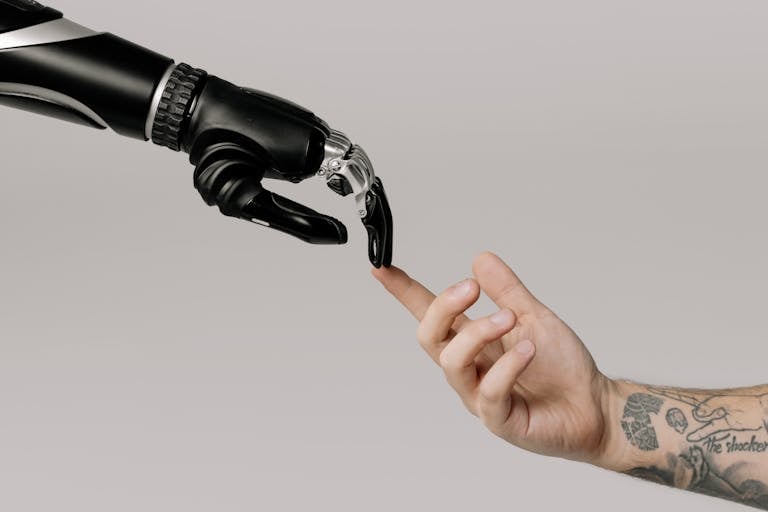Cyberattacks 2024: Types And How To Protect Against Them

Have you been concerned in recent times about a potential cyberattack taking down your business?
You aren’t alone. Cyberattacks are the biggest threat to online businesses in 2024 and even though the standard laptop comes with some protection against them, thieves around the world have gotten more creative, and have found ways to get access to precious information.
In 2023, in the US, it was estimated that Americans lost $10.2 billion to cybercrime, a 35% increase over the previous year. That’s not good!
So, it is important to have a basic idea of what may or may not be a cyberattack if you have an online business, and here, you will be walked through some of the most common attack approaches in 2024.
Malware
Malware is code for malicious software, and it is designed to be downloaded to the computer to steal information from the server. It’s not ideal if your server is full of customers’ credit card information.
The most commonly used types of cyberattacks include ransomware, which encrypts the files in your system and blocks access to them. Then, there is spyware, which looks at the activity on the computer and sends information back to the hacker. Malware can be used against individuals as well as businesses, so when storing sensitive information, you will need to make sure that you have a managed detection and response in place on your computer to alert you to any of these types of software being downloaded.
Phishing
Phishing emails are still big in 2024! They occur when a cybercriminal sends a fraudulent email, text message, or even a phone call pretending to be a business that you can trust, such as your bank, or a company like Microsoft.
These emails usually instruct you to click on a link or open an email attachment, which will download malware to the device. The majority of email inboxes can now detect phishing emails and will put them into the junk folder. However, a good rule of thumb for you and any staff you have is to question any unsolicited messages and not respond.
Man-In-The-Middle Attacks
This attack type occurs when cyber thieves intercept data or compromise your network, usually through unprotected Wi-Fi access. Suppose you were using the Wi-Fi to look at business emails at a local cafe and then needed to check your business bank account. You log in, allowing a thief to intercept your data, capture your username and password, and then drain the account. Make sure you use a secured Wi-Fi network for your business correspondence and never even think about logging on to an unsafe public Wi-Fi system when out and about!
Denial of Services Attacks
This is a common tactic for thieves in general: overwhelm someone with information and then demand a way to resolve the issue. Online, when it comes to cybercrime, a thief may use false requests to lower traffic to your business website by overloading the server. However, these attack types rarely try to steal data but can put a real dent in your daily takings if you have an online business. So, try to make sure your business server isn’t overloaded by monitoring it daily, and make sure your firewall protection and intrusion detection systems are on at all times!
Read more here: The Importance of Cyber Security Courses







